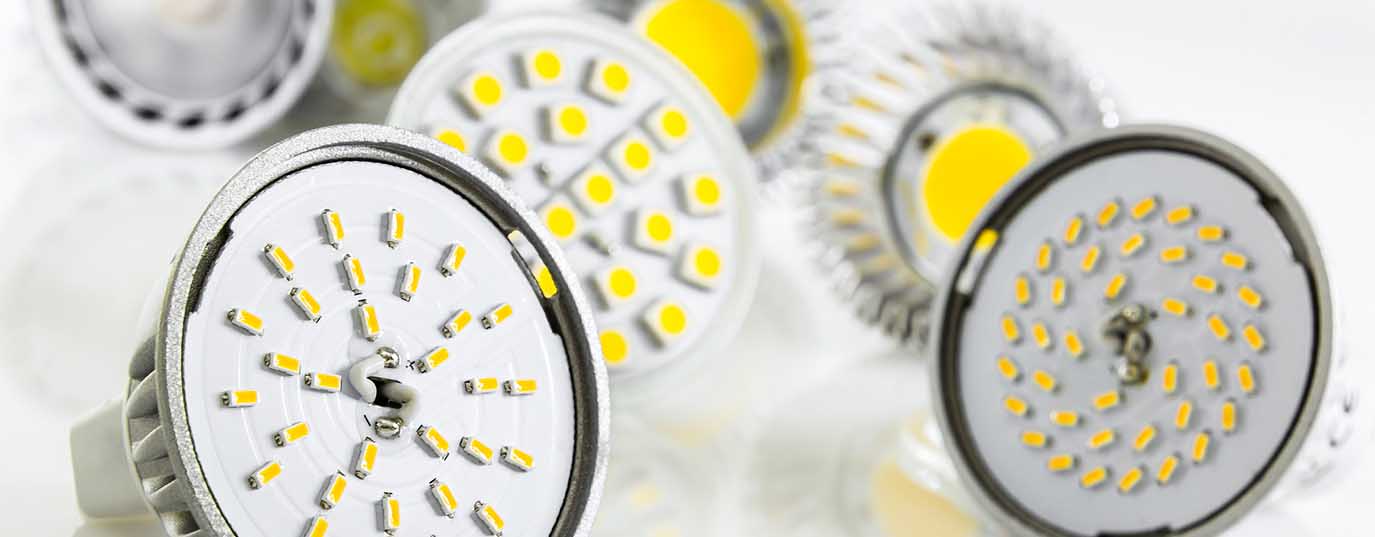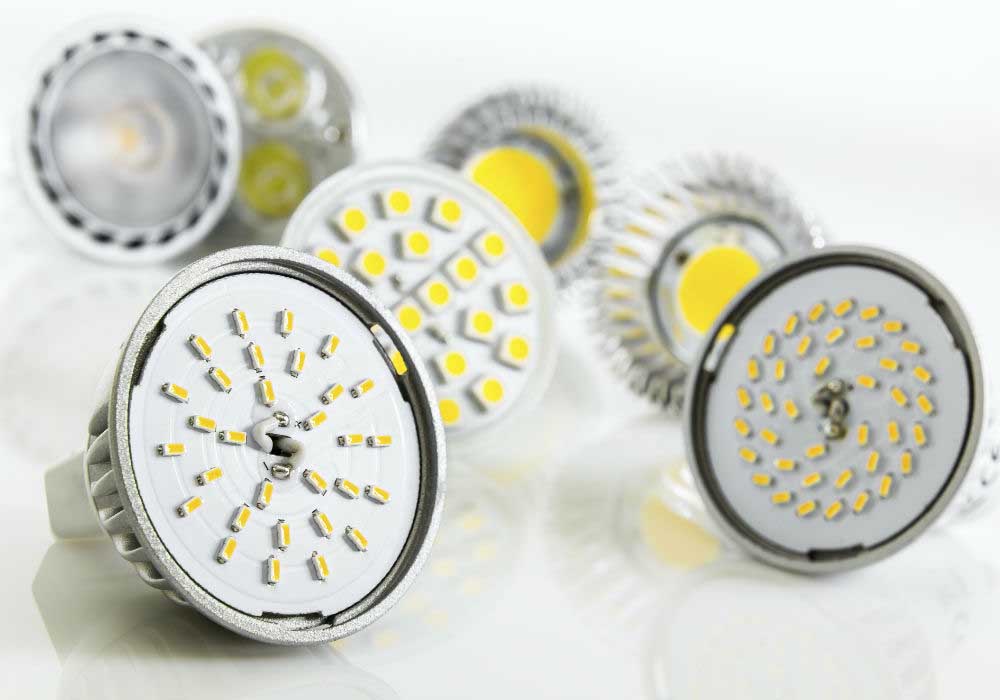How to choose a LED bulb?
You need to look for the power in lumens, the angle of the light aperture, the light temperature, and that it is appropriate for home use.
If you have ever tried buying an LED bulb to save energy, then you know that the choice is not simple. To know how to select the perfect bulb, you need to look for certain features: the power in lumens, the angle of the light aperture, the light temperature, and that it is appropriate for home use.
How to choose the best LED bulb for you?
To understand what features to look for, first you need understand that the bulbs differ, among other things, in the amount of LEDs that they contain: these can be from 3, up to a series of 20. Also, the material that these LEDs are made of: the denser the active material is, the more efficient and expensive the bulb will be (it will be brighter).

If a bulb with 20 LEDs contains low density active material, if one bulb goes out, the rest will also progressively go out, which lowers the life of the bulb. If you choose this type of bulb from unknown manufacturers, they will likely contain low density LED bulbs, which are cheaper and will go out more easily. It is preferable to purchase these bulbs from well-known manufacturers.
Currently, the most common model has between 3 and 5 high density LEDs, which offer a sufficient amount of light for home use.
Lumens
In order to fully understand this concept, we need to know that the watts will tell us the amount of electricity that the bulb consumes, and the lumens are the amount of light it generates. Advantages of LEDs? Low wattage and high lumens, which can equal an 80% savings in electricity, because you pay for the number of watts consumed. Generally, this would be a maximum of 90 lumens.
Actual lumens = no. of watts x 70, approximately.
For example, a 12W LED bulb, equals 850 lumens, and would replace a 60W bulb.
Aperture angle of the light
This parameter is relatively simple:
- A smaller angle, will provide a "focused" effect for illuminating a smaller more focused area.
- A wider angle (120º, for example), has the ability to illuminate, with a single bulb, more space (these are normally used to illuminate a bedroom).
So, depending on what you want to illuminate, learn the aperture angle of the bulb.
Temperature
This color temperature is defined by the Kelvin degrees of each bulb. We can divide these bulbs into 3 types according to their temperature:
- Cold white: equivalent to 5800K. A more intense white light, perfect for storage rooms, garages...
- Pure white: 4500K. Average brightness, good for kitchens, bathrooms, etc.
- Warm white: 3000K. A dimmer ambient light, ideal for living rooms or bedrooms.
What problems have you faced when buying an LED bulb? Have you tried it yet? If it can save you up to 80% on your electricity bill, do you think it would be a good investment even though its purchase cost is higher? Tell us about your experiences with LEDs!

